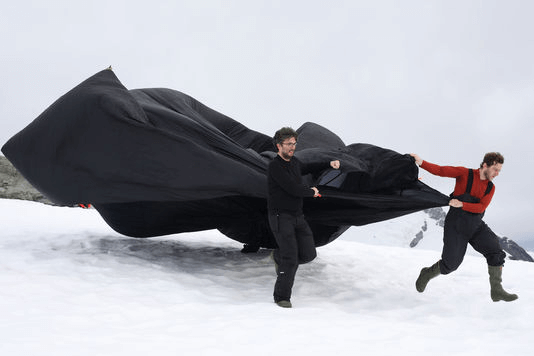Detoxifying the environment across temporalities
Nick ShapiroBoston 2017: Policy

In this presentation, I document four different environmental making and doing projects that I am working on across four different temporalities or scales. The point of presenting them all collectively is to note the interdependence of short-term stopgap interventions and long-term utopic projects for detoxifying the atmosphere. The first is an air purifying system that moves air through the root system of common houseplants to scrub the air of volatile organic chemicals that are omnipresent in indoor environments and that hang particularly heavy in low-cost and Native housing. This low-cost system was recently found to reduce the domestic formaldehyde level of a chronically exposed family in Georgia by 84%. While an ethically necessary intervention, and one that does not require scientific knowledge of the specific chemicals one is afflicted by prior to action, this remediation device enables the endurance not just of the exposed but of the infrastructures of exposure. A second project is an NSF-funded collaboration to develop a >$5 formaldehyde sensor, in the hopes of collecting data that both enables individual mitigation and builds into a database that renders these distributed exposures legible to scientists and policy makers that do not substantively study or regulate domestic air quality. At this historical moment the question is not how can environmental regulation be extended how can we mitigate its destruction. A third project, a grassroots network of social, information, environmental, and physical scientists known as the Environmental Data and Governance Initiative, is spearheading a national effort to archive potentially vulnerable federal environmental and climate data and monitoring changes to tens of millions of federal environmental websites. The fourth project seeks to think about detoxifying the environment past the smoking stack, past the mines from which precursors are extracted, past the political and economic regimes to the ethos and subjectivities that suffuse these engineered systems. The Aerocene project, led by Argentinian artist Tomas Saraceno, attempts to realize a world where we travel by solar balloons–simple sealed envelopes that are heated by the sun and move with the wind. In this speculative future one can only move when elemental forces (wind+sun) align, one has to calculatedly submit to the environment to find movement as opposed to interrupting or overcoming the environment as we do under the dominant regime of engineering. This seemingly impractical project seduces us into a new way of being that causes the gradual abandonment of the normative corrosive dreams that produce toxic environments. I encourage working both on the ground with communities facing chronic chemical exposures, attempting to manifest cleaner atmospheres in a traditional piecemeal form, and also on long-term paradigm-shifting projects. Working on both reformist and utopian timescales is vital for robustly cleaning the air, as we cannot hold currently-exposed communities hostage to a distant greener future, at the same time as we cannot believe that technocratic reform is capable of rendering a truly sustainable world. These two, sometimes countervailing imperatives and timescales, provide the grounding frame for my multiple engagements with a toxic world.
Published: 01/30/2023
